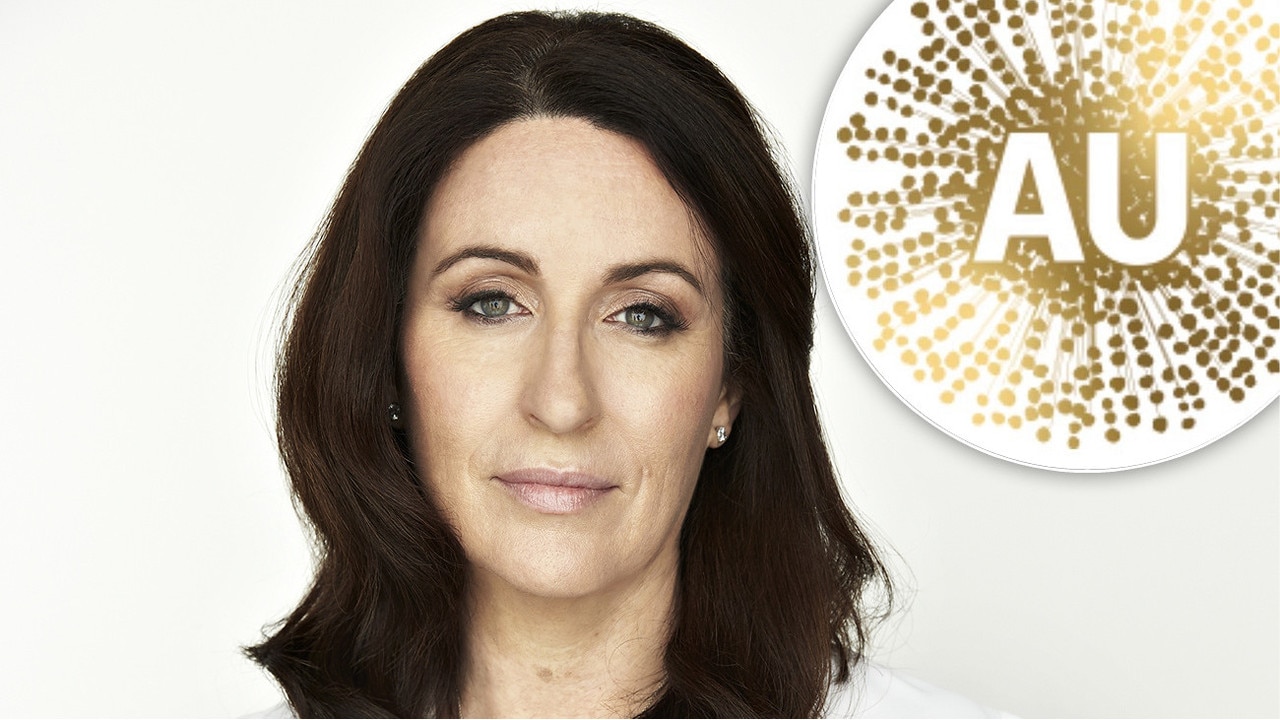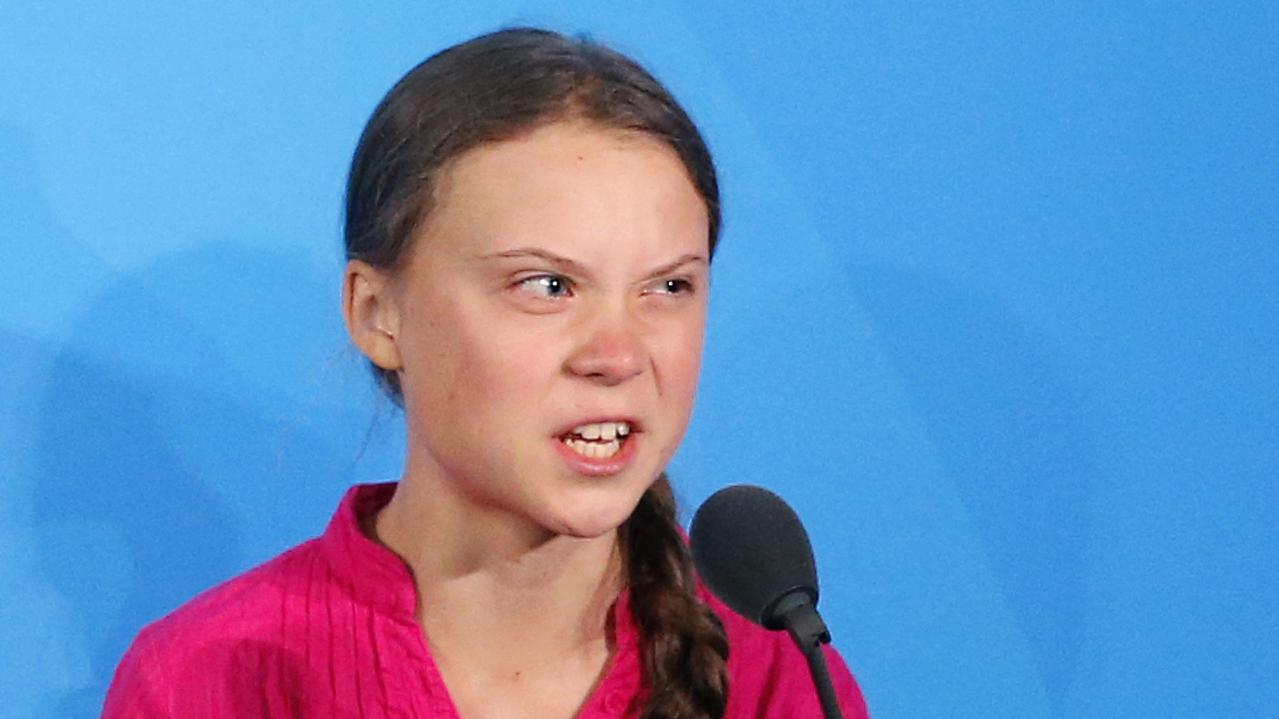He could have ended up a trivia question but Bieber got cool instead
He skirted dangerously close to becoming a ‘where are they now’ curiosity but somehow Justin Bieber got cool instead. Here’s how he did it, writes Cyclone Wehner.

Rendezview
Don't miss out on the headlines from Rendezview. Followed categories will be added to My News.
Justin Bieber went from being a wide-eyed child star to a brat.
Many expected the pop phenomenon to slip back into obscurity — becoming a future “where are they now?” curiosity. But today the 23-year-old is more ‘cool’ than controversial. He’s even expanded his fanbase to include male “Beliebers”. And The Biebs has sold out stadiums on his current Australian tour.
In late 2015 Bieber unleashed a hot comeback album, Purpose, behind the hits What Do You Mean?, Sorry and Love Yourself. Purpose was a sustained commercial — and critical — success, leaving One Direction’s Made In The AM in the dust. Bieber received multiple Grammy nominations — Purpose astonishingly up for the marquee ‘Album Of The Year’ award, while the late David Bowie’s Blackstar was snubbed.
As a tween idol, Bieber’s wholesome persona authentically reflected his childhood. The Canadian was raised by a born-again single teen mum, Patricia Mallette, in sheltered surrounds. A music prodigy, his cover performances on YouTube proved a sensation.
American talent manager Scooter Braun shared them with R&B superstar Usher. The pair determined to sign Bieber, 13, launching their own company. Yet Usher’s patronage wasn’t enough to give Bieber street cred.
Bieber broke through in 2009 — and opened for Taylor Swift. The movie vehicle Justin Bieber: Never Say Never captured peak Biebermania. ‘Justin Bieber’ clicked as a brand — his image dominating over the music. He was as famous for his hair as his hits. Bieber published his first autobiography at 16.

Inevitably, he attracted haters. Bieber was mocked for revealing that he had a “swagger coach”. Even in 2015, when the UK music bible NME put Bieber on its cover, there was indignation from those hipsters who’d voted him 2012’s “Villain Of The Year”.
Traditionally, any pop act with a fanbase of screaming female teeny-boppers has been automatically dismissed by the male-oriented music press. The performers themselves rebel. The Beatles’ response to “Beatlemania” was to radically recast their sound, going all psychedelic. Something similar happened with Duran Duran in the ‘80s after they were reduced to MTV heartthrobs. Critics now recognise The Fab Five’s music. Duran Duran belatedly have a demonstrative male fanbase, among them chart-buster Mark Ronson.
Bieber, too, would trash his teen-pop identity — but inadvertently.
Child stars often flounder once they reach adulthood. Their audiences outgrow them — or they outgrow their audiences. Bieber grappled with fame. He had run-ins with paparazzi. To his irritation, Bieber’s romance with Disney princess Selena Gomez — aka “Jelena” — was recounted in the gossip media. But, then again, he did dumb stuff. In 2013 Bieber visited the Anne Frank House in Amsterdam, writing in its guestbook that he hoped the much-admired diarist, a victim of the Holocaust, would have been “a belieber”.

Bieber also wilded out. Video circulated of the party boy peeing in a cleaner’s bucket as he exited a nightclub via a restaurant kitchen. Bieber threw eggs at a neighbour’s house in California, resulting in costly damage. Most reckless, he was arrested in Miami Beach for driving under the influence — drag racing a Lamborghini. The pin-up had himself a viral mugshot. Such misdemeanours made Bieber a walking, swaggering punchline for comedians.
But he’s redeemed himself through his music.
The Baby singer embraced cutting-edge EDM, if initially contentiously. In 2012 Dutch DJ Ferry Corsten copped a backlash from HIS fans on social media for remixing Bieber. But, in 2015, Bieber victoriously teamed with the Jack U DJs, Skrillex and Diplo, for Where Are U Now. He won his first Grammy. The tables had turned.

Skrillex guided Purpose — and Bieber brought in guest ‘street’ rappers. Importantly, his lyrics had pertinence — remorse the theme. A self-aware Bieber is finally reconciling his bad boy profile with his faith, saying ‘sorry’ to his fans, and Gomez, for the drama.
The Biebs is pop’s prodigal brat. The irony? He has achieved cred, and the validation of a male listenership, by ruminating on a toxic masculinity.
Some regard Bieber’s reinvention from fallen role model into millennial trendsetter — and confessional artiste — as simply clever record label manoeuvring. Sydney DJ Tom Lowndes, who, as Hot Dub Time Machine, plays classic pop through the eras, is one of them. “I don’t think it was a particularly organic thing — more like a shift in marketing from a corporate organisation,” Lowndes says. “Diplo has said that, with the Jack U/Bieber song, he was consciously taking on the challenge of making him cool… I think they will continue to evolve his music and image to keep him relevant as he gets older. I’m particularly looking forward to the ‘mid-30s introspective guitar-song period’ and the ‘elder-statesman duet-crooning album’ in his 60s… Is he cool to me? Not particularly. But Sorry is a banging song.”
Still, in Purpose, Bieber has claimed his narrative


